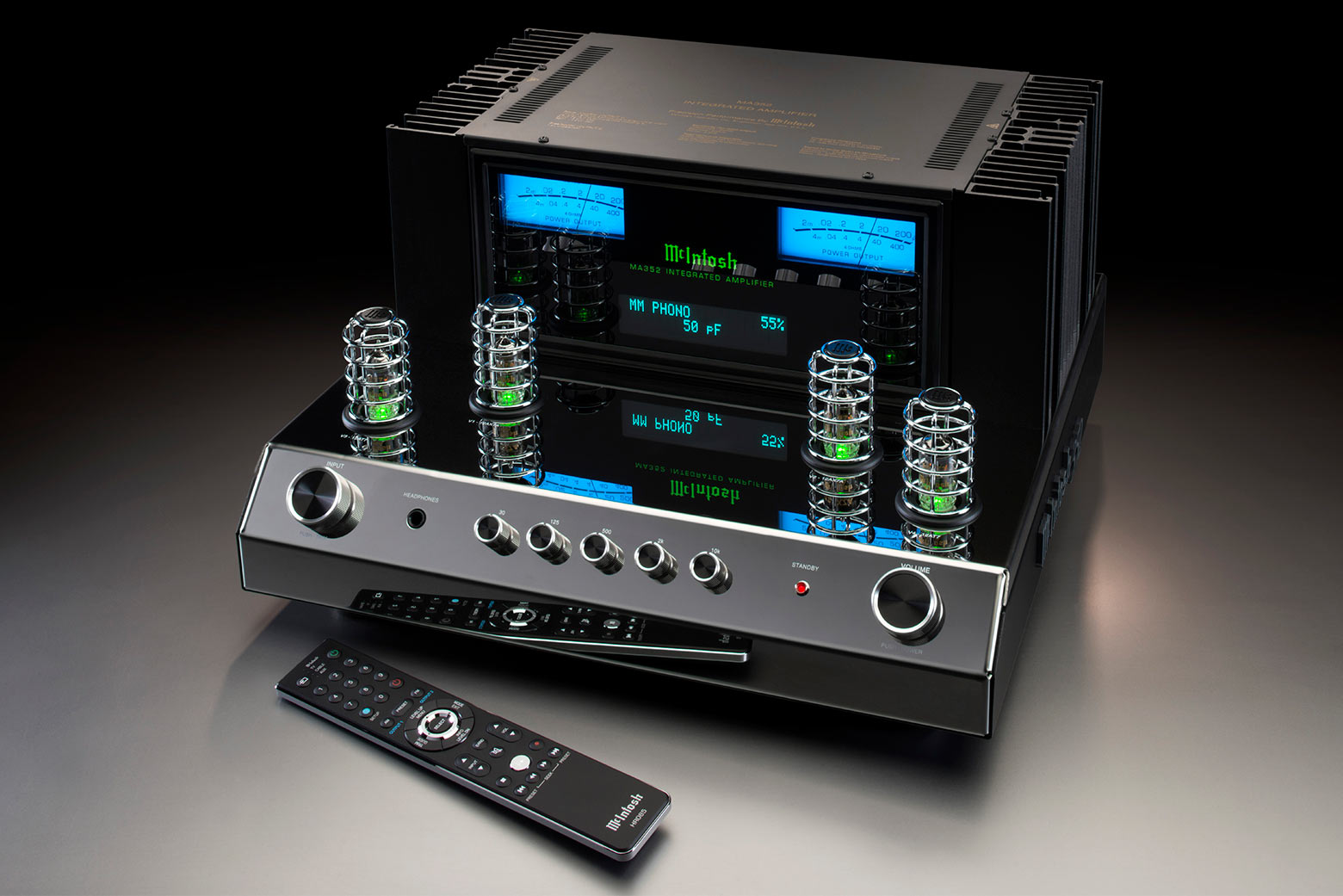Nelson Pass quoted someone saying to him about audio, “it’s entertainment not dialysis”. If everything that’s competently designed is essentially transparent where is the consumer choice? Why isn’t everyone here running the same cheapest transparent things? Are we only to buy by the spec sheet? We are music and equipment fans. We buy for all kinds of reasons. Tubes can sound different or not. People that like them like them. I ran a tube full function preamp for many years. I am currently listening to my new Crown XLS1500 as a middle finger to high end audio jewelry. It is being fed by a Saga preamp because it is a simpler signal path than using my AVR in stereo mode. Maybe it sounds different, maybe not. The Saga output buffer is a triode tube and a transistor opposite each other in a push pull unity gain amplifier. There is no engineering reason to do this. Jason just did it for fun and because people like preamps with tubes sticking out the top. I wanted a low distortion preamp without spending much. This fits the bill.
There are people going on about “tube rolling” in their Saga’s. I pointed out that any audible difference would mean that they had essentially broken their preamp to no avail.
There are people going on about “tube rolling” in their Saga’s. I pointed out that any audible difference would mean that they had essentially broken their preamp to no avail.

